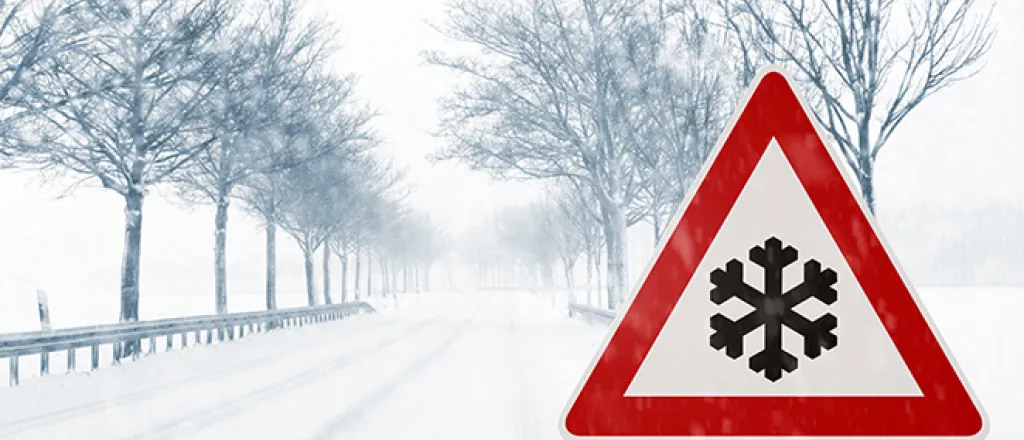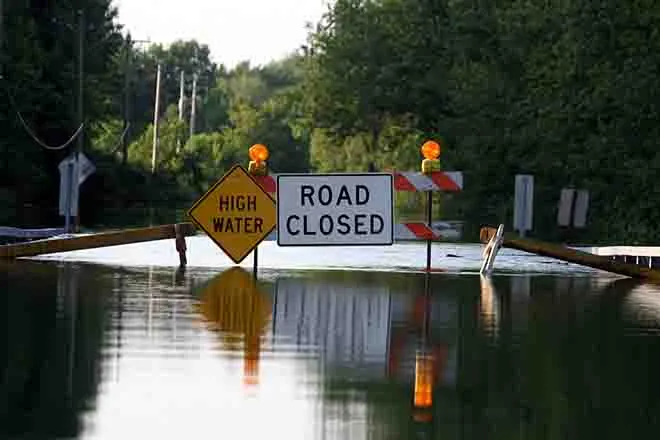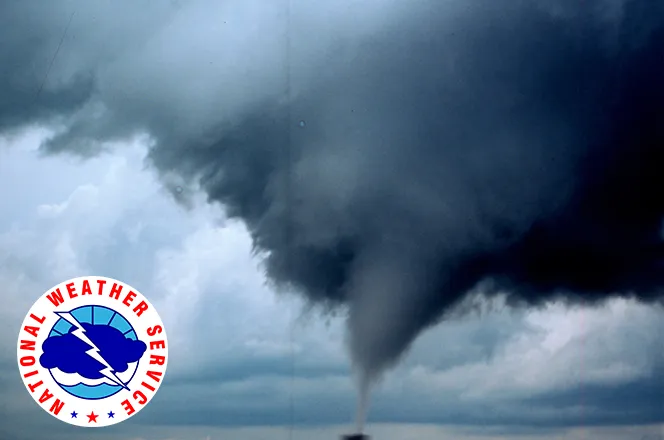
Prepare Now for Winter Driving Safety
Storms are becoming more frequent as winter weather sets in, so it is time to ensure your car, truck or SUV is ready for driving as conditions change for the season.
Tires are a critical part of safe winter driving. Tire tread should be at least 1/8 inch deep. You can check your tires using a quarter – insert the quarter into the tread with George Washington’s head pointed toward the center of the tire. If you can see the top of his head, your tires will not provide enough traction should be replaced.
Colorado has a traction law and passenger vehicle chain law. When the Colorado Department of transportation activates the traction law for an area, your vehicle must have snow tires or tires designed for mud and snow. Four-wheel drive vehicles are also acceptable, but remember to slow down for the conditions.
When the passenger vehicle chain law is in effect, every vehicle on the road must have tire chains or another traction device. If you drive without them, you could face a fine of $130 – and if you have an accident or are stuck blocking the road, you could be fined $650 or more.
Driving with a full tank of fuel is always a good idea during the winter driving season. Not only does the extra weight give your vehicle better traction, it also provides longer engine running time for heat if your vehicle becomes stuck.
If you are stuck, stay in your vehicle until help arrives. To stay warm, run the engine occasionally – 10 minutes every hour may be enough. Make sure to keep the exhaust pipe cleared of snow and mud to help prevent carbon monoxide from entering your car. Carbon monoxide, or CO, is an odorless, colorless gas that can be deadly.
Your vehicle safety kit should include water, blankets, a folding shovel, and some non-perishable food in easy-to-open containers. Cat litter can help provide traction if you are stuck, and also provides some extra weight for better traction. Top off your windshield washer fluid regularly, and carry extra fluid in your vehicle.
Drive at slower speeds when roads are icy or snow covered, even if you have a four-wheel drive vehicle. A four-wheel drive vehicle cannot stop any faster than its two-wheel driver counterparts, so reduce your speed no matter which type of vehicle you drive. Remember, too, to leave extra space between you and the vehicle ahead so you have time to react and stop.
When you are planning a trip, always make sure someone knows when you are leaving, when you plan to arrive, and the route you will take. Check in with that person when you leave and when you reach your destination.
While CDOT plows and treats major roads around the clock when necessary, some rural highways may not be plowed between 7:00 p.m. and 5:00 a.m., so plan your trip to avoid those areas at night. If you come across plows, give them plenty of room. Avoid passing plows, and stay 500 feet or more behind them for everyone’s safety.
If you come across an accident, be careful to avoid emergency workers. Slow down, and provide them with extra space. If you are on a divided, multi-lane road, move to a lane away from the crash and emergency workers. Fines of $169 or more are possible for not moving over for emergency and maintenance vehicle that are stopped with their flashing lights on.
CDOT provides updated road condition information at www.cotrip.org and by calling 511. You can also visit www.codot.gov to sign up for text alerts about road conditions.

















